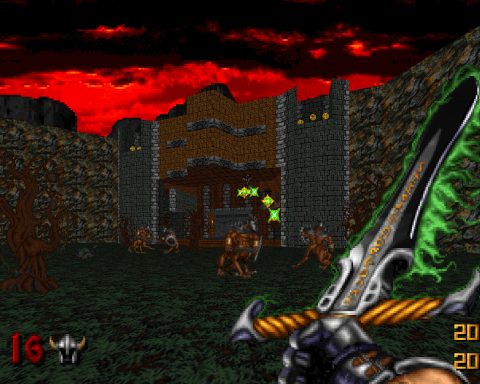Though the degree of implementation has varied, customisation has been an integral part of gaming for several generations now. Our own Nick H. recently discussed the merits of creations tools and the potential for said utilities to extend a game’s life.
What is less common, however, is a title that mandates this ingenuity for basic plot progression. The Natsume-published Carnage Heart EXA seeks a level of devotion that will be off-putting to newcomers but strangely rewarding for those willing to study its intricacies.
 Thankfully, you’re finally given some free reign partway through the tutorial to buy items and square off against fellow mechs in the arena. Things also get more enticing when you progress enough to engage in three way battles with OKEs of your own design. Just in case there weren’t enough variables already, you can choose between a team of fully automated OKEs and one with a manually controlled leader.
Thankfully, you’re finally given some free reign partway through the tutorial to buy items and square off against fellow mechs in the arena. Things also get more enticing when you progress enough to engage in three way battles with OKEs of your own design. Just in case there weren’t enough variables already, you can choose between a team of fully automated OKEs and one with a manually controlled leader.  With so much material to work with, it’s logical that Artdink included an ensemble of multiplayer options. In the very likely scenario that you can’t find a partner locally, the online options should suffice (despite the restriction on using only automated OKEs). This mode makes the countless hours spent designing your robots seem warranted since you can test your programming mettle in the most legitimate fashion.
With so much material to work with, it’s logical that Artdink included an ensemble of multiplayer options. In the very likely scenario that you can’t find a partner locally, the online options should suffice (despite the restriction on using only automated OKEs). This mode makes the countless hours spent designing your robots seem warranted since you can test your programming mettle in the most legitimate fashion.








